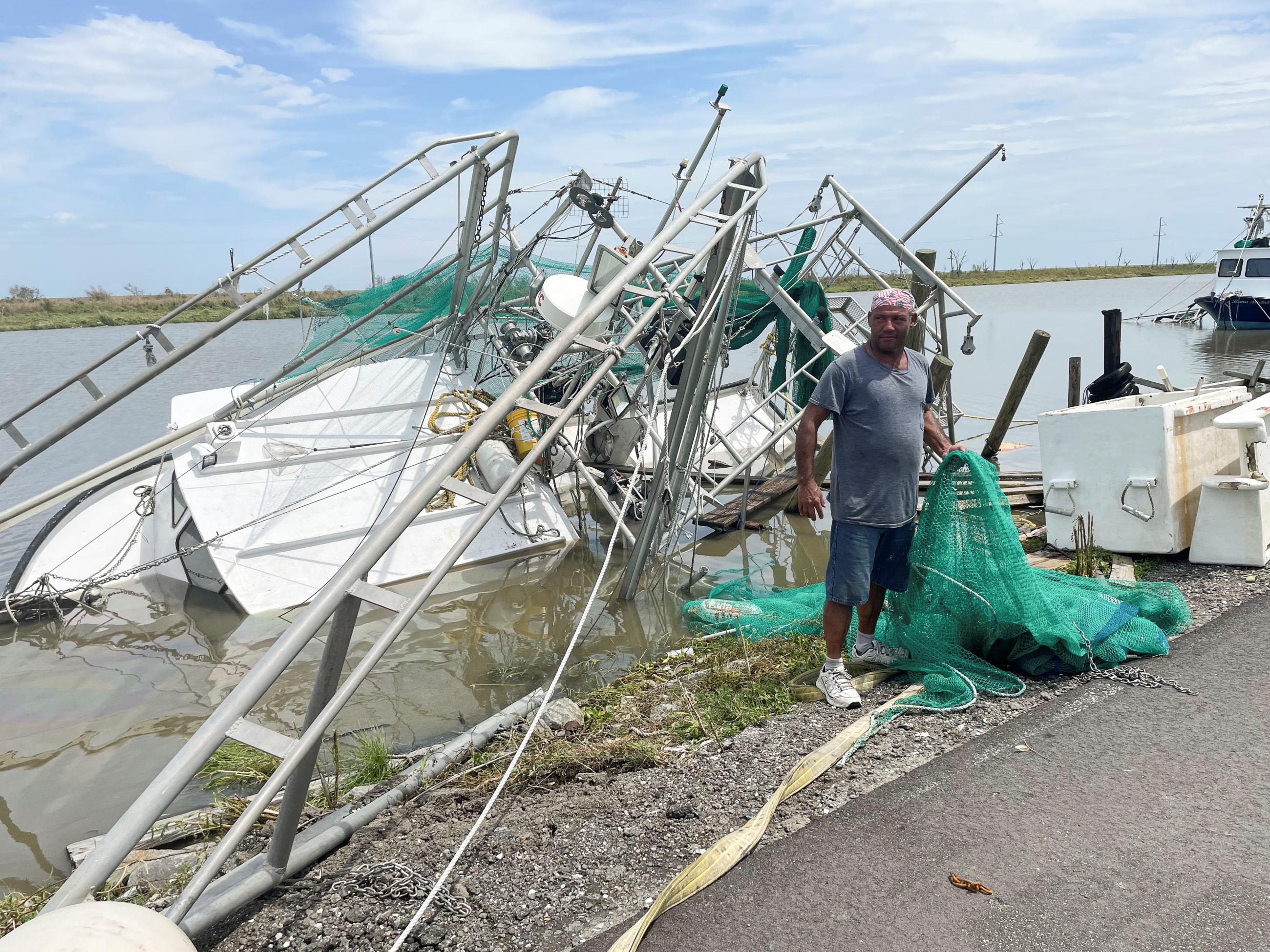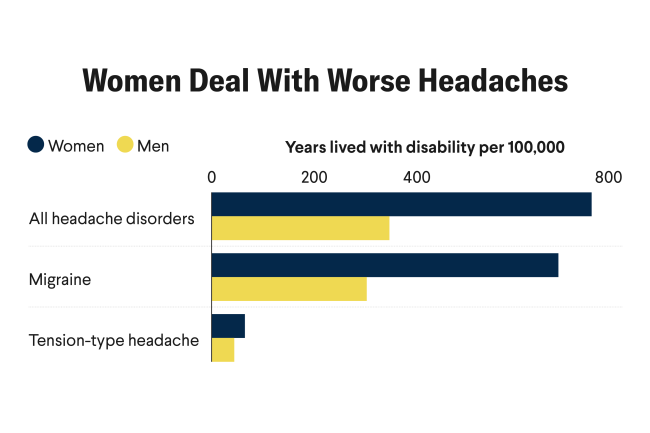Early in September, hundreds of thousands of people were evacuated from Shanghai as Typhoon Bebinca became the strongest typhoon to hit the city in 75 years. In July, Hurricane Beryl broke records as the earliest category 5 storm in the Atlantic basin, causing widespread power outages and approximately $30 billion in damages.
Hurricanes evoke images of flooded roads, destroyed towns, and uprooted lives; their effect on health extends far beyond visible physical injuries and damage. Burgeoning research suggests a connection to an increased risk of cardiovascular disease that persists well after the winds abate. A systematic review published in June found that hurricanes and other extreme weather events worsen heart disease, the leading cause of death worldwide.
Climate change projections for the coming decades predict more intense hurricanes, heavier rainfall, and increased risk of coastal flooding in the United States. As storms become more powerful, so does the need for more resilient health systems.
Hurricanes and Heart Disease
Tropical storms and hurricanes can increase cardiovascular risk in myriad ways. Storms and flooding can damage and disrupt health-care infrastructure, including by inundating hospitals or clinics and delaying access to emergency services, which is particularly dangerous for time-sensitive conditions such as stroke or heart attack. Hurricanes often cause power outages, threatening health-care delivery to individuals who rely on electrical devices or refrigerated medications to manage their heart conditions. Severe weather can also disrupt the supply chains for drugs, devices, and other consumables needed in modern medicine.
Tropical storms and hurricanes can increase cardiovascular risk in myriad ways
In addition to adversely affecting health-care delivery and physical health, extreme weather has deleterious effects on mental health. Rates of stress, anxiety, depression, and, in some cases, post-traumatic stress disorder spike after life-disrupting events such as extreme weather. For example, in Puerto Rico, 66% of the inhabitants of Punta Santiago reported a clinically significant increase in mental illness symptoms six months after Hurricane Maria made landfall. These conditions in turn increase cardiovascular risk for months and years after the disaster. Major damage from hurricanes can also force mass migration and disrupt access to preventative care, which in turn adversely affect both mental and cardiovascular health outcomes.
Learning from Experiences
When Hurricane Katrina made landfall in Louisiana in the summer of 2005, it left a trail of destruction in New Orleans and the surrounding areas. Hospitals lost power and, with limited resources, staff faced the impossible task of prioritizing which patients' lives to save. In the immediate aftermath of the hurricane, much of the city's population evacuated to neighboring cities, including to temporary shelters in Houston's Astrodome. New Orleans has never fully recovered: Approximately 100,000 people, one-fifth of the city's pre-Katrina population, never returned.
Beyond this visible destruction, the hurricane had a devastating effect on heart health. The incidence of heart attacks in older adults affected by the hurricane increased during and immediately after Katrina, but the increased risk persisted for many years: Residents of southeastern Louisiana who developed post-traumatic stress disorder had higher rates of cardiovascular events for years after the storm.
Seven years later, Hurricane Sandy caused $60 billion of destruction in the Caribbean and the East Coast of the United States. The country's collective attention was again focused on the physical destruction caused by water and high winds, and an increase in heart disease went unnoticed. Among older individuals in New Jersey, health-care utilization for heart disease remained elevated by a factor of two to three times for more than a year after the storm. In a population of New York veterans, control of high blood pressure decreased significantly and remained below the pre-hurricane baseline for two years, suggesting that short-term disruption of care from an extreme weather event can have long-lasting health impacts.

In 2017, Hurricane Maria taught Americans another lesson about how extreme weather can disrupt health-care delivery well beyond the path of the storm. Making landfall in Puerto Rico, it damaged the manufacturing plant of one of the nation's leading suppliers of intravenous fluid bags. Because the plant supplied half the country's hospitals, Hurricane Maria triggered a nationwide shortage of supplies needed to deliver intravenous drugs such as anti-arrhythmic and blood-thinning drugs in patients with heart disease. It was a grim reminder that the lack of redundancy in the global supply chains for drugs, medical devices, or supplies makes the system increasingly vulnerable to extreme weather.
Preparing for the Next Big Storm
Ensuring that future storms do not adversely affect health-care delivery and cardiovascular health requires a concerted effort among health-care systems, health-care providers, and patients. As a first step, health-care systems should evaluate whether critical health-care, transportation, and power infrastructure is resilient to extreme weather.
During Hurricane Sandy, the backup generators for NYU Langone Medical Center and Bellevue Hospital Center in New York City failed, leading to the evacuation of hundreds of patients. This was the result of a failure of disaster planning. Although the backup generators were placed on high floors to avoid flood damage, critical components required for proper generator functioning were flooded in the basement.
In response, the federal government invested $1.8 billion in boosting the resilience of New York's hospitals over the following years. These funds went to building floodwalls, modernizing electrical systems and backup generators, and creating a new hurricane-resilient hospital building.
Despite the investment, another hospital in New York lost power during a severe rainstorm in 2023, requiring more than 100 patients to be transferred. The lesson was clear: Critical health-care infrastructure can fail during severe weather events.
Thus, in addition to identifying and addressing vulnerabilities of health-care infrastructure, hospitals need to make contingency plans for extreme weather events, including stockpiling essential supplies, ensuring uninterrupted communication with emergency services, and developing patient evacuation protocols.
Health-care systems should evaluate whether critical health-care, transportation, and power infrastructure is resilient to extreme weather
The point of failure can also be outside the hospital's walls. When Tropical Storm Harvey caused extensive flooding in Houston in 2017, the city's level 1 trauma center and largest safety-net hospital remained operational, thanks to facility upgrades after a prior storm. Flooding of surrounding roads prevented adequate food procurement for its patients, many of whom needed specialized diets. The food shortage, not physical infrastructure damage, triggered the need for a possible patient evacuation. Successful disaster planning for health-care systems need to be integrated into city- and statewide emergency planning.
Effective emergency preparedness extends to the individual level. Clinicians should ensure that high-risk patients have personal emergency plans. For many patients, missing a day of blood thinner, blood pressure, or anti-arrhythmic medication can have significant consequences. In these cases, doctors should advise their patients to maintain a backup supply of their critical medications to withstand temporary supply chain disruptions. Some patients depend on access to uninterrupted power supplies for life-supporting medical devices or refrigeration of temperature-sensitive medications such as insulin. Patients with severe heart failure use left ventricular assist devices, mechanical pumps powered by external battery sources to support blood flow throughout the body. A few minutes without an external source of power could mean death. Although these patients typically have backup batteries at home, a week without power would drain the batteries and would be catastrophic.
Patients and clinicians should work together to create disaster preparedness plans tailored to the patients' unique medical needs and geographic location. Patient-specific plans should also cover preparedness for other environmental exposures that adversely affect cardiovascular health, such as extreme heat or flooding, that are also projected to increase with climate change.
The increasing intensity of hurricanes due to climate change poses a significant threat to cardiovascular health. The devastation of past storms highlights the urgent need for disaster preparedness at the individual and system level. To safeguard future generations, investment in climate change mitigation is imperative, as is enhancing resilience to extreme weather events.













